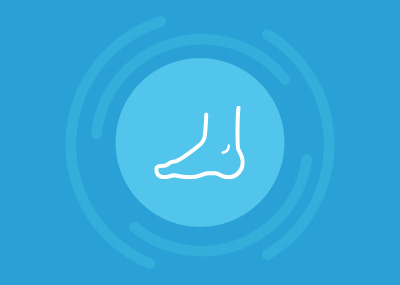30 Aug Engineer Spotlight: Cortland Biomedical’s Maddy Moncla Discusses Our High-Density Braiding Capabilities
Cortland Biomedical Development Engineer Maddy Moncla discusses the advantages and use cases for high-density braiding of biomedical textiles. ...










